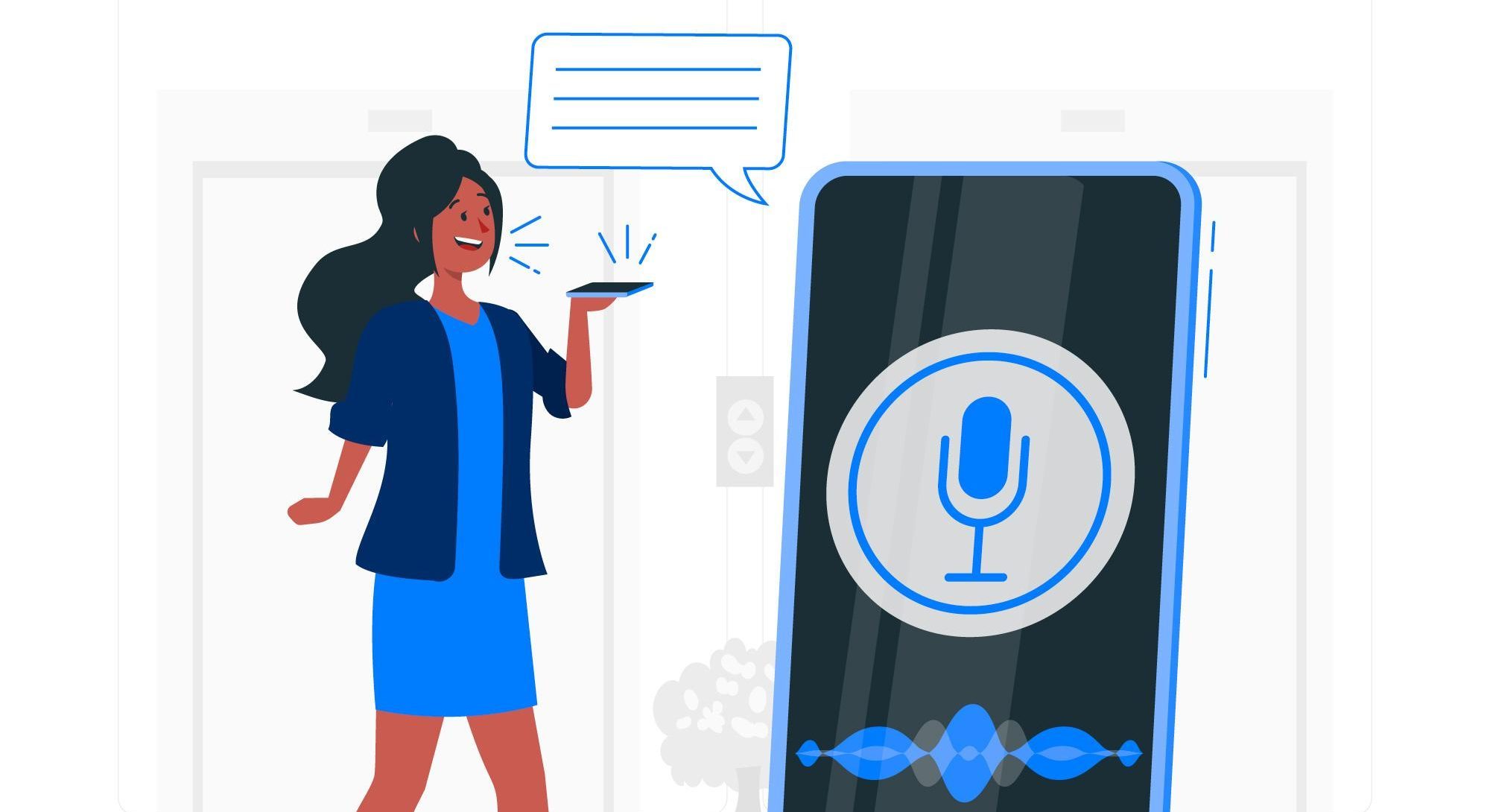Not too long ago, voice search felt like a novelty. Asking your phone to play a song or check the weather was fun, but rarely productive. Fast forward to today, and conversational AI powered by natural language processing (NLP), machine learning, and generative models has matured into something far more impactful. It’s transforming how consumers discover, evaluate, search and interact with brands. And marketers? We’re on the brink of a voice-powered revolution.
The Shift from Queries to Conversations
Traditional search is based on keywords. Voice search, on the other hand, is based on questions—and increasingly, conversations. Instead of typing “best DSLR camera 2025,” a user might ask Siri, “What’s a good camera for beginner travel photography with great battery life?” That subtle shift in how people search opens up a world of opportunity for brands to meet users in more natural, helpful ways.
Enter virtual assistants and conversational AI.
These tools don’t just answer questions—they understand context, remember preferences, and deliver brand experiences that feel more like personalised guidance than a digital transaction. From Alexa and Siri to brand-owned chatbots and AI shopping assistants, the interface is no longer a screen. It’s a voice, a tone, a conversation. Fun stat: According to MarketsAndMarkets‘ report the global conversational AI market is projected to grow from USD 17.05 billion in 2025 to USD 49.80 billion by 2031, indicating a strong CAGR of 19.6% .
Why This Matters to Marketers
Let’s call it what it is: marketing through search is changing, and SEO alone isn’t enough.
Here’s what’s driving that change:
- Rising voice adoption: 50% of all searches are voice-based now and smart speakers are in millions of homes. And consumers are growing increasingly comfortable asking digital assistants for advice, recommendations, and purchases.
- Zero UI experiences: We’re moving toward interface-less interactions, where the brand experience happens without a screen. According to the source Jootoor – over 2 billion people worldwide use voice search daily. Whether it’s reordering groceries on Bigbasket via Alexa or drivers adjusting things through their voice-enabled car dashboard, voice is becoming a key conversion point.
- AI-powered personalization: Conversational AI tools can tailor experiences in real-time. Think: recommending a skincare product based on skin type, budget, and past preferences—all through a single voice exchange.
Use Cases Already Making Waves
Voice and conversational AI aren’t “coming soon”—they’re already here and making a measurable difference:
- AI Shopping Assistants: Retailers like Sephora and H&M have deployed conversational agents that guide users through product discovery, offer tailored suggestions, and even help complete purchases—all through chat or voice.
- Customer Service, Reinvented: Virtual assistants are taking the first line of customer queries, resolving issues faster and freeing up human agents to handle complex needs. The result: quicker response times and better customer satisfaction scores. According to Jootoor, 93% of consumers are satisfied with their voice assistants.
- Voice Search Optimisation (VSO): Brands are adapting their content to suit how people speak, not just how they type. That means focusing on long-tail keywords, answering specific questions, and optimising for featured snippets. According to Jootoor, 80% of businesses planned to have already invested in voice search optimisation by 2025.
What Marketers Need to Do Right Now
If you’re waiting for voice to “fully take off,” you might already be behind. Here’s how to prepare:
- Think Beyond Keywords
Start optimising content for natural language. Tools like Google’s BERT and MUM algorithms reward content that answers real questions the way a person would ask them. - Build Conversational Interfaces
Consider whether a voice assistant, chatbot, or AI concierge could enhance your brand’s customer journey. From FAQs to product tutorials, think about how a human-like conversation could replace static experiences. - Test and Learn with AI Agents
Whether it’s through Meta’s AI studio, OpenAI-powered tools, or custom NLP models, experiment with intelligent agents that can engage audiences, capture leads, and drive conversions. - Respect the Context
Voice is intimate—often used in homes, cars, and on the go. Respecting privacy, tone, and the user’s environment is key to building trust.
The Road Ahead: From Assistants to Brand Ambassadors
The future of conversational AI isn’t just functional—it’s emotional. As these technologies get better at understanding sentiment, tone, and context, they’re evolving from simple helpers to true brand ambassadors. Imagine an AI that remembers your favorite running shoe brand, knows you’re training for a marathon, and recommends the latest drop before you even ask. That’s where we’re headed.
In a world that’s increasingly noisy and crowded, voice and conversation offer something rare: clarity, empathy, and genuine connection. For marketers, it’s time to stop thinking about campaigns as one-way messages and start designing experiences that talk back. Voice and conversational AI aren’t just new channels—they’re a new language for brands. And those who learn to speak it well will be the ones leading the conversation in the years to come.



